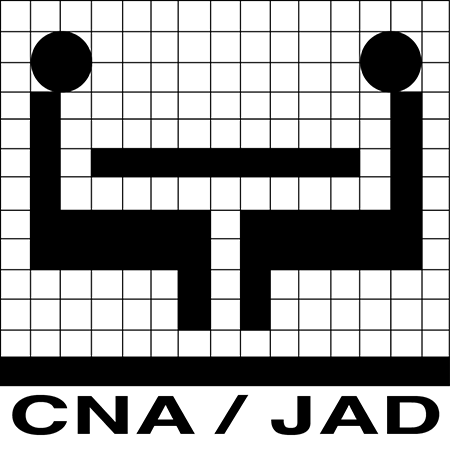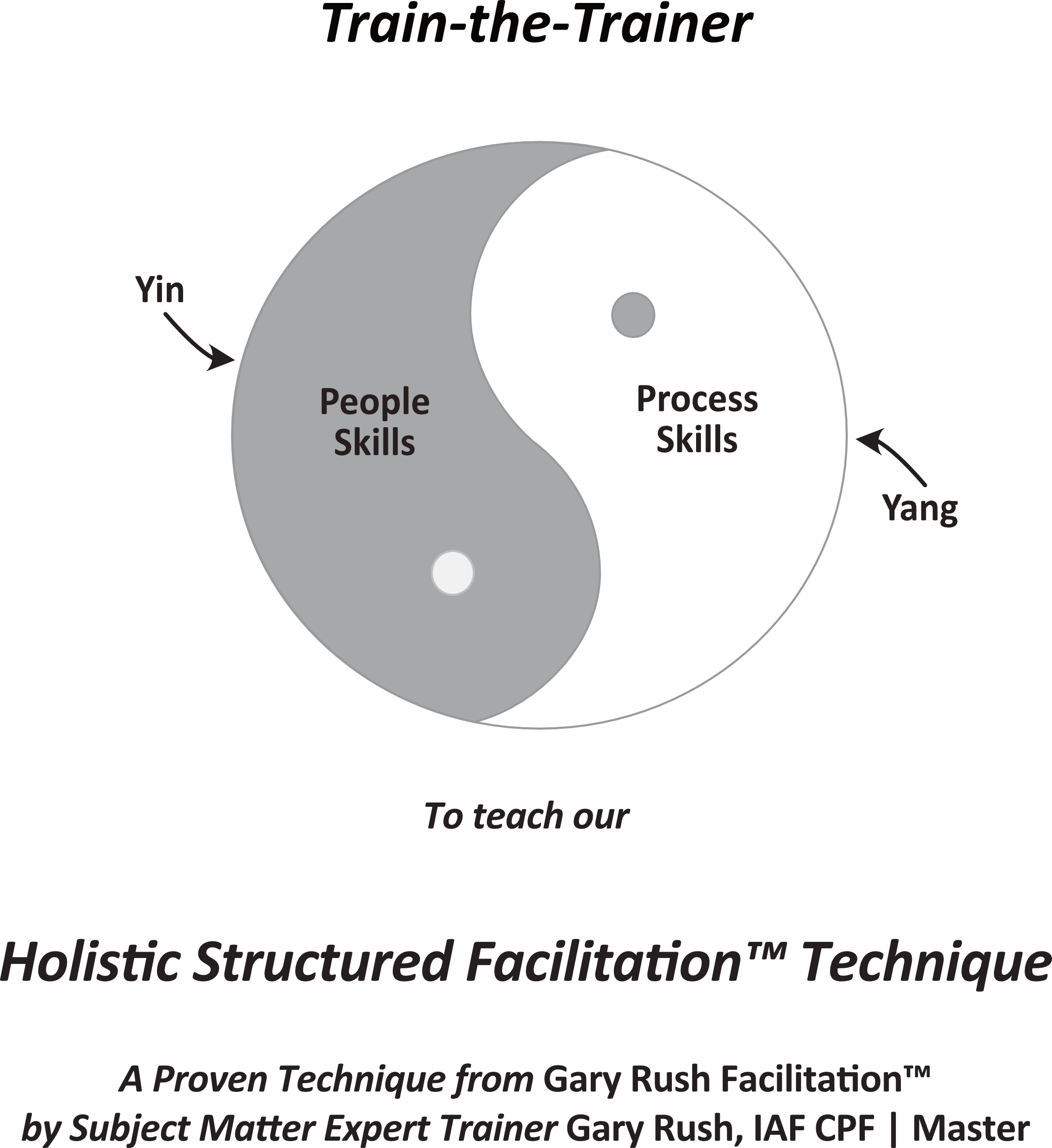
JAD: DP Professionals and Users Working Together to Meet Business Needs | Gary Rush Facilitation
Published in Computerworld, December 24, 1984
Companies are experiencing productivity increases in the design and development of computer business systems as a result of a structured meeting technique called Joint Application Design (JAD). This technique, developed by IBM, uses an impartial, trained session leader and an agenda structured to extract a high-quality statement of business system needs--in a fraction of the time normally required when using "traditional" methods.
What is JAD? JAD is method of obtaining the business requirements and business system design from the potential user of the system. This method replaces traditional techniques of analysts interviewing users and then translating the users' needs into DP terminology. The traditional methods often fail because of the communication gap between data processing and the business community of user. The JAD method provides a technique for documenting business requirements from the users' perspective and in the users' language. It does this with clearly defined steps, an impartial session leader to guide the participants, workbooks to assist both the session leader and the participants, and the dynamics of a workshop environment.
JAD works because it enables the business community to specify its system needs without having to resort to technical jargon. In addition, an impartial session leader ensures that all sides are represented; the workshop environment fosters a concentrated effort; and pre-workshop preparation ensures high-quality requirements.
The JAD process begins by identifying a user executive who sponsors the business system. The "executive sponsor" provides the management perspective and sets the purpose and scope of the effort. This management commitment is important to the success of the system design.
The preparation further involves completing a "management definition guide" and a "familiarization guide," and preparing the workshop agenda. The purposes of the management definition guide are to obtain user management commitment on timing and support; assign personnel for the sessions; define what management considers to be the purpose, scope, and objectives of the project; and identify the constraints of the project. The familiarization guide is used by the session leader who interviews line management about the current business environment and encourages users to think about the upcoming design. The information collected is used to prepare the workshop agenda. For very large projects, the preparation would also consist of a functional decomposition of the business by both the DP and user participants to ensure that only manageable pieces are tackled at one time.
In the JAD workshop session, all of the business requirements and systems needs are developed. These sessions generally run eight hours a day and usually no more than three to four days at one time. The sessions involve the session leader, one or two people to document the results, one or two data processing personnel (usually the project leader and one technician), and up to eight users. The users will range from the lead clerks or technicians up through second- or third-line management. The data processing personnel are involved to provide assistance to the users and background information on existing systems and technology; the DP personnel also ensure that they understand the users' needs and can translate the resulting documents into a meaningful system design.
The basic session follows a very simple, flexible, yet thorough agenda. This agenda consists of ten steps; two involve preparation and eight involve design. The first two steps cover the ground rules and structure of the session, and the current business environment. The remaining eight steps follow the life of a business function through a given area. These eight steps include:
- Planning work
- Receiving work
- Tracking work
- Assigning work
- Processing work
- Recording work
- Sending work
- Evaluating performance
These steps can be accomplished in any order, according to the needs of the user. Any of the steps can be eliminated if they do not apply. Within each step, a basic routine is followed: the business activity is discussed; the needs are addressed; a function is designed; the design is documented; and the changes to the area are discussed and documented. Basic questions, asked during the workshop, ensure that nothing is overlooked and help the session leader prompt the users in designing the system. In addition, visual aids, such a flip charts, overhead foils, slides, magnetics, and possibly even projectors connected to terminals, provide an atmosphere whereby the participants can maintain a focus on the design at hand and assist in more effective communication.
Materials, books, checklists, visual aids, etc., to support the technique and the session leader have been developed by IBM. The technique, developed in 1977 by IBM's Chuck Morris, was originally used to assist in installing distributed systems. In 1980, IBM Canada adapted JAD so that it could be used for any requirements and design-gathering activity. Since then, it has been used by various companies to design everything from grain elevators to robotics to standard data processing applications. JAD consulting and training are now offered by IBM's Information Systems Services organization. In addition to IBM, the technique is used by such companies as Texas Instruments, American Airlines, CNA Insurance Companies, Bell Canada, New York Life, and Carrier Corporation. In March 1984, a project formed within GUIDE, an IBM users' group, and began to investigate how to successfully implement JAD into an organization and how to encourage IBM to more fully support and promote the technique. Numerous companies using the technique are happy with the results but have realized that developing better specifications faster requires an evaluation of the whole process of building applications. The members of the GUIDE project also realize that this technique has an impact on DP organizations and are addressing this and other issues.
In companies using JAD, the DP/user relationships have improved, requirements and design specifications are gathered more quickly, maintenance is reduced (because the system was designed right the first time), and backlogs have significantly diminished. Most data processing professionals will agree that getting better requirements and more user involvement will ensure better systems and reduced maintenance. Clearly, JAD is a technique that can provide better requirements faster; furthermore, involving users in the process of designing their business systems makes the users feel that the system developed really is their system. ![]()


